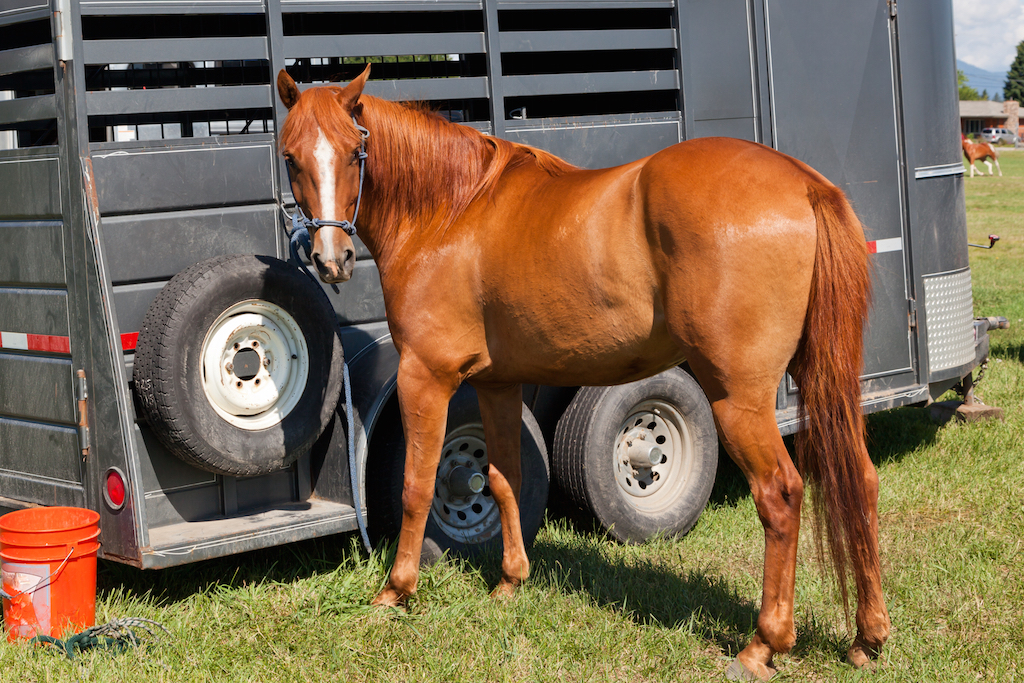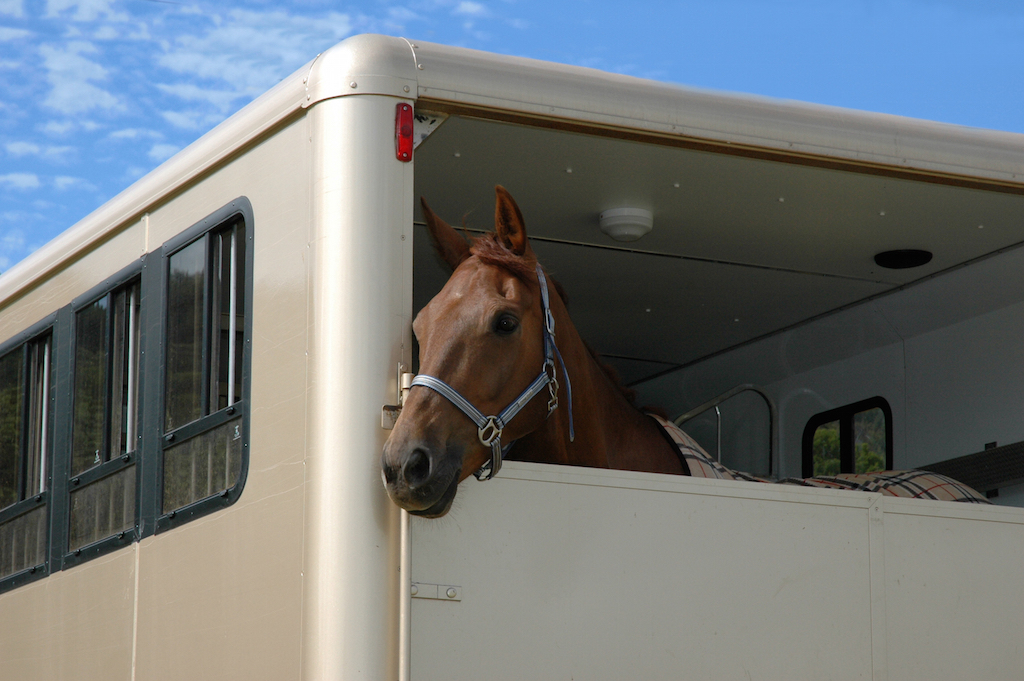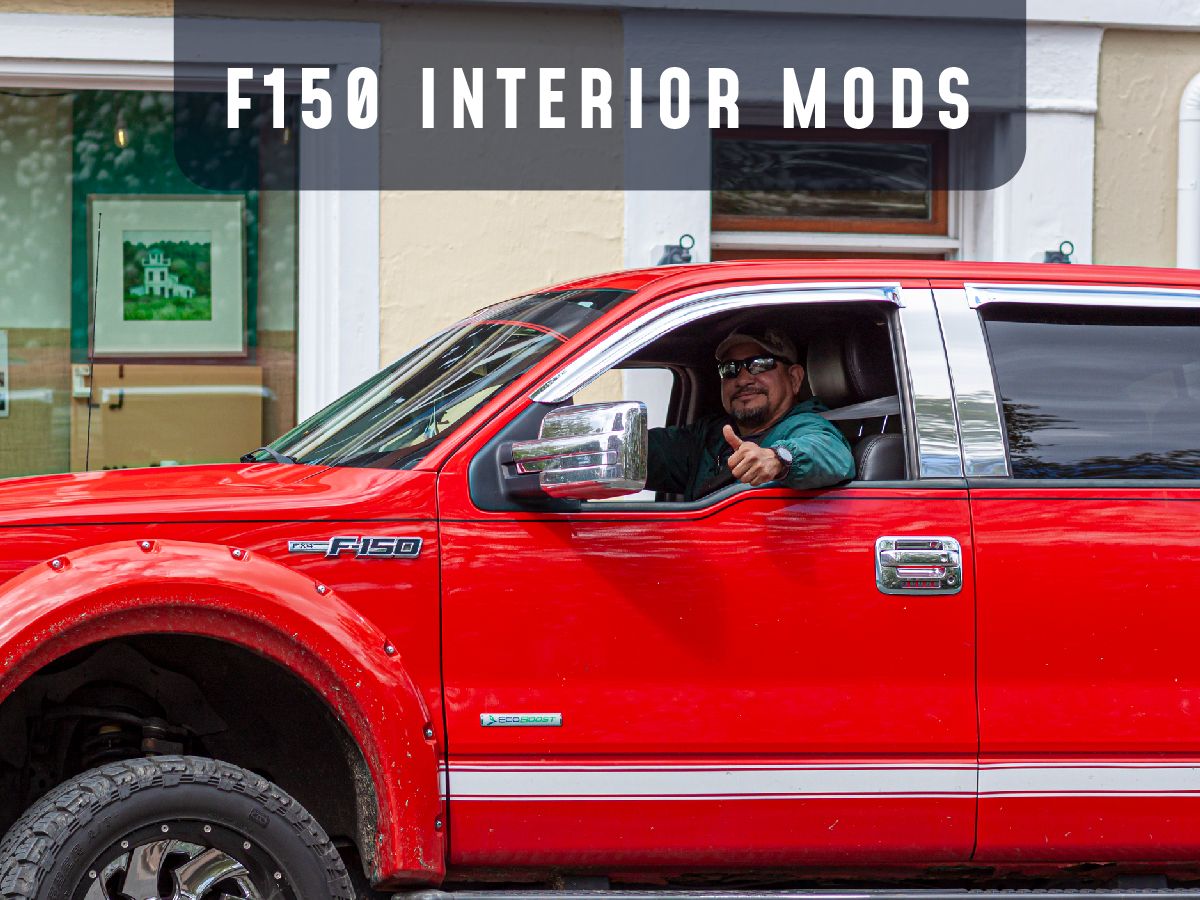Driving with a horse trailer adds a large amount of stress and risk to your driving experience. So it is especially important that you ensure the wellbeing of your vehicle, your horse, and yourself. This extends not only to how you drive but also to how you prepare for your trailer tow.
Before traveling with your horse, here are some of the most important things to do:
Inspect Your Rig
As it is important to inspect your car before driving it, it is also necessary that you check out your towing rig. Your horse is a living being. It is unethical to subject it to a situation that can induce harm or stress. Failing to account for the condition of your towing load can also influence and undermine your vehicle’s drivability and safety.
Fluids and tires
Start by inspecting your vehicle. It should be in top driving condition. Take the time to check fluid levels, inspect your coolant system, check the tread and pressure of your tires, and test your brakes and battery. You will also need to check the lug nuts on your wheels, torquing them before the first road use after changing your tires, and then after the first 10, 25, and 50 miles. Check them periodically after this.
Electrical system
Your vehicle will have to deal with an additional load not only structurally, but also electrically.
Take the time to inspect your vehicle’s electrical system. Know where all of the batteries are (larger trucks may have more than one) and what posts you should be using if you must jump start your vehicle. You should also know exactly where your vehicle’s jumper cables are. If you do not know, ask a mechanic or professional to explain it to you.
Tow’s weight
It is important to keep in mind that a towing vehicle may be able to tow your loaded horse trailer but not stop it properly or control it in the case of an emergency. You must know your tow vehicle’s gross weight rating and your loaded trailer’s gross vehicle weight. You must also ensure that the weight of your tow is in your towing vehicle’s manufacturer’s suggested rating; if it is not, find a way to lower your towing rate, or find a better towing vehicle.
Check Your Trailer

- Are there protrusions or sharp edges the horse can bump into?
- Are there hornet or wasp nests?
- Do you have the correct size ball on your towing vehicle for your trailer?
- Is the ball tightened effectively?
- What are the conditions of your trailer’s tires, hitch, breakaway brake battery, safety chains, coupler, brakes, and lights?
Rolling
When loading and unloading, make sure the trailer’s wheel chocks are in place to avoid accidental rolling.
Ramp integrity
Take care to inspect the loading ramp. You should be able to open and close the ramp standing on the side of it. If you cannot, check to see if the ramp hinges are lubricated or fatigued. If oiling does not resolve the problem, have your trailer serviced before using it to transport your horses.
Under no circumstances should you open or close a ramp from behind it; a panicked horse could buck the ramp, crushing the loader.
Finally, before having your 1,000-plus pounds horse use your trailer’s ramp, you may want to make sure it will not collapse under his weight. Check to see if the frame and supports are rust-free, and check if the wooden planks are still healthy. Walk up and down the plank yourself, noting any areas that feel unsafe. If you would not want to use the ramp yourself, do not use it for your horse.
Load balance
Before driving, place your loaded towing rig on level ground, and look at it from the outside. Everything should be level. If the rig is bending down at the ball joint, the trailer is overloaded and needs lightening. If the ball joint is pointing up, the load is unbalanced, with too much weight toward the back of the trailer. Failure to produce a balanced load will cause uneven wear on your tires, the coupler not to sit properly on the ball, and maybe driving issues.
Secure Connections
Speaking of the ball joint, it is imperative that you take the time to match the printed or stamped size on both your ball and your coupler. You cannot make assumptions; if you are unsure, or if the size has worn off, ask a professional for help. The coupler must be able to close completely. Firmly secured the coupler to the ball.
Before starting your tow, make sure that the safety chains are crossed and connected to the tow vehicle. Plug in the trailer’s electrical connection, connect the breakaway tether to the tow vehicle, and remove the wheel chocks. Make sure to retract the trailer’s jack, and finally, take a final look inside and outside the trailer and the tow vehicle. Make sure that everything is okay and secured before pulling off.
Practice Driving
Driving with a trailer requires a different set of skills than driving an unencumbered vehicle. Towing a heavy weight behind you changes the turning characteristics and drag of your vehicle, giving the towing vehicle a different driving feel. Additionally, pulling and pushing a heavy weight on a single pivot takes on physics considerations that the driver must be aware of (for example, reversing with a trailer means turning the tow vehicle in the opposite direction you want the trailer to go).
Reversing
You can successfully turn your trailer in reverse by gripping the steering wheel in the six o’clock position (the lowest point on the steering wheel) and moving your hand in the direction you want the trailer to go.
Ride experience
If this is your first time driving a towing rig, practice on an unloaded rig. Drive as if you are trying to keep a cup of water from spilling out or tipping over. Do not accelerate or brake quickly. Do not change lanes quickly. Keep under the speed limit and maintain at least double the following distance you would usually maintain for the towing vehicle when unencumbered.
One thing you might opt to do is to ride in the trailer while a friend drives you around in an open field (do not do this on the road, as that is illegal). Understanding what the horse will endure while you are driving will make you a better driver.
Length of trailer and turning
You should be aware that shorter trailers have more extreme reactions to turns than longer ones. A short trailer is more prone to jackknifing when backing up than a long trailer. You should also be aware that getting your trailer to do specific tasks would require specific actions from the driver. A sharp turn by the trailer, for example, would require turning the steering wheel before releasing the brakes. Turning the wheel while the trailer is in motion would produce a gradual turn.
Safety equipment
Finally, it is important that your safety equipment is in order. Install towing rear-view mirrors will improve your visibility. Installing a backup camera onto the horse trailer is also a good idea. Camera Source is a must-stop shop to find the best camera for your safety needs.
Use the Best Loading Practices

You should be aware that most roads in the United States are crowned for drainage purposes. The center of the road is typically several inches to a foot higher than its shoulders. This means that an unbalanced load that favors the passenger side will likely pull the vehicle toward the shoulder, dragging it and causing it to lose control.
Balance
If you are towing one horse in a two-horse straight loader, load the horse on the driver’s side of the trailer. If you are towing two horses, place the heavier horse on the driver’s side. This will help balance the load, as gravity would pull the trailer’s load naturally toward the passenger’s side.
Never load a horse backward in a trailer not specified for that. Doing so will affect the tongue weight, destabilizing the trailer’s drive characteristics. Typically, it is better to have the heavier part of the load toward the front of the trailer. You should make sure that you do not exceed the tongue weight or the rear-axle rating for your trailer.
Prepare for Emergency
Despite your best intentions, an accident can still happen. Being able to respond quickly may save the life of your horse or yourself.
Make sure you have:
- a list of emergency contact numbers for large animal rescue services or a veterinarian;
- a few jugs of water—enough for routine travel, plus what may be needed for traffic jams and breakdowns or for basic first aid;
- a flashlight;
- mechanic tools for servicing your trailer or towing vehicle in case of a breakdown, including a jack, tire iron, wheel chocks, road flares, wrenches, screwdrivers, fuses, fire extinguisher, and spare tires;
- a cell phone and charger;
- jumper cables;
- a travel itinerary that includes gas stations that can easily accommodate your towing rig;
- a blanket or stable sheet; and
- a first aid kit for your human passengers.
Think of Your Horse
A horse represents a wealth of emotional and financial investment. By following these steps and being aware of your horse’s well being, you can ensure that transporting your four-legged friend is a pleasurable, stress-free experience.








